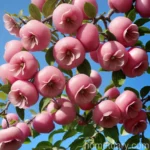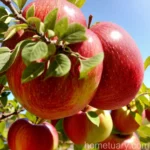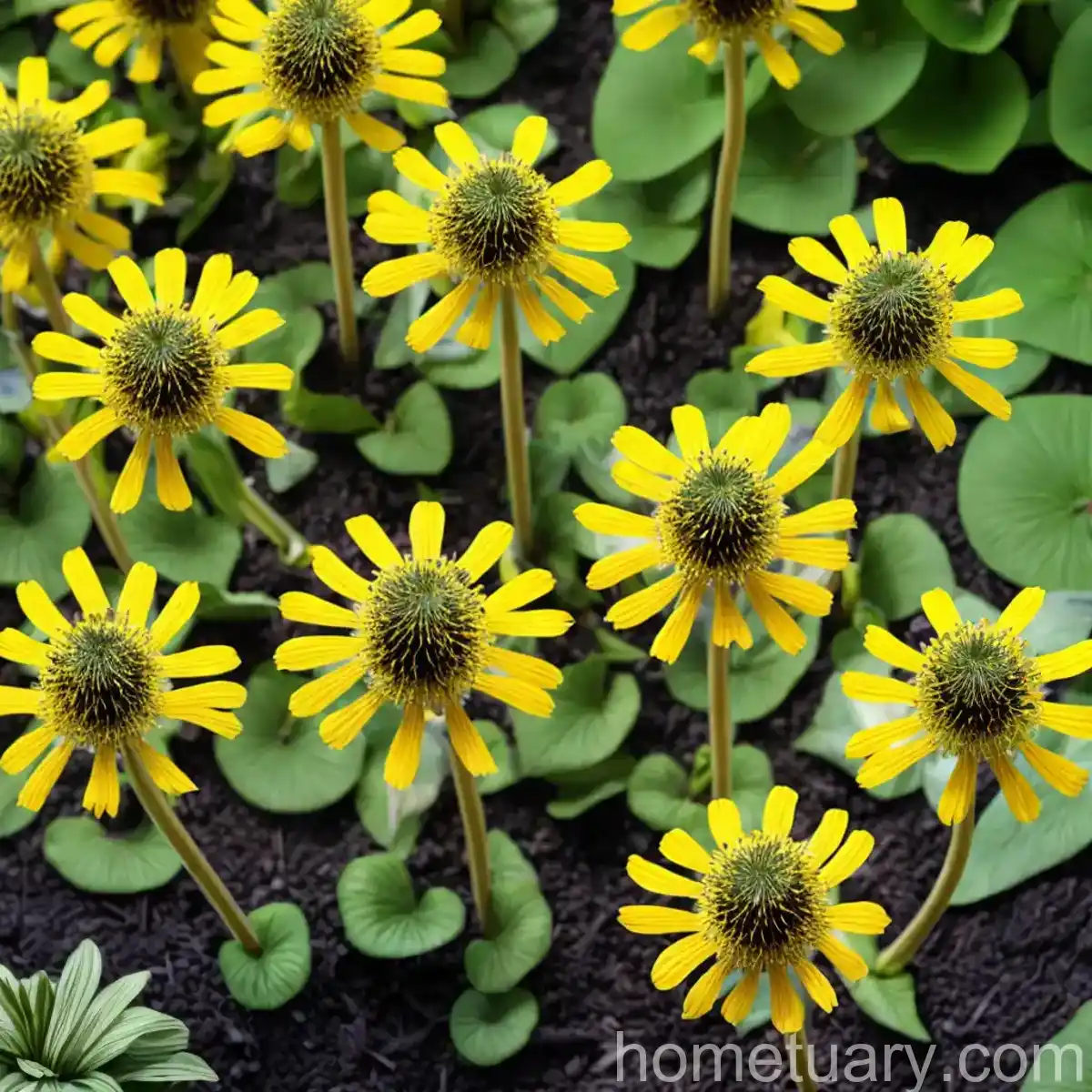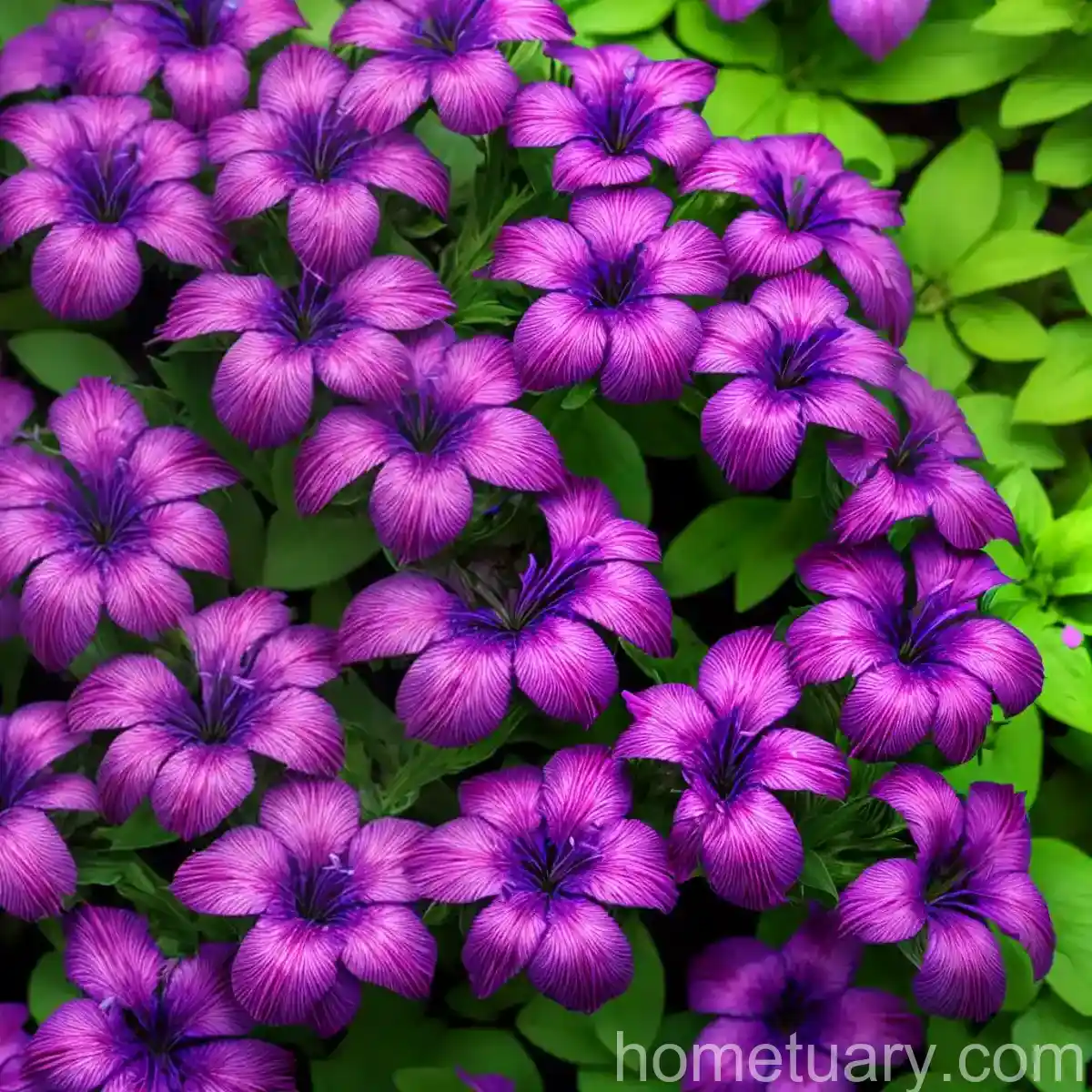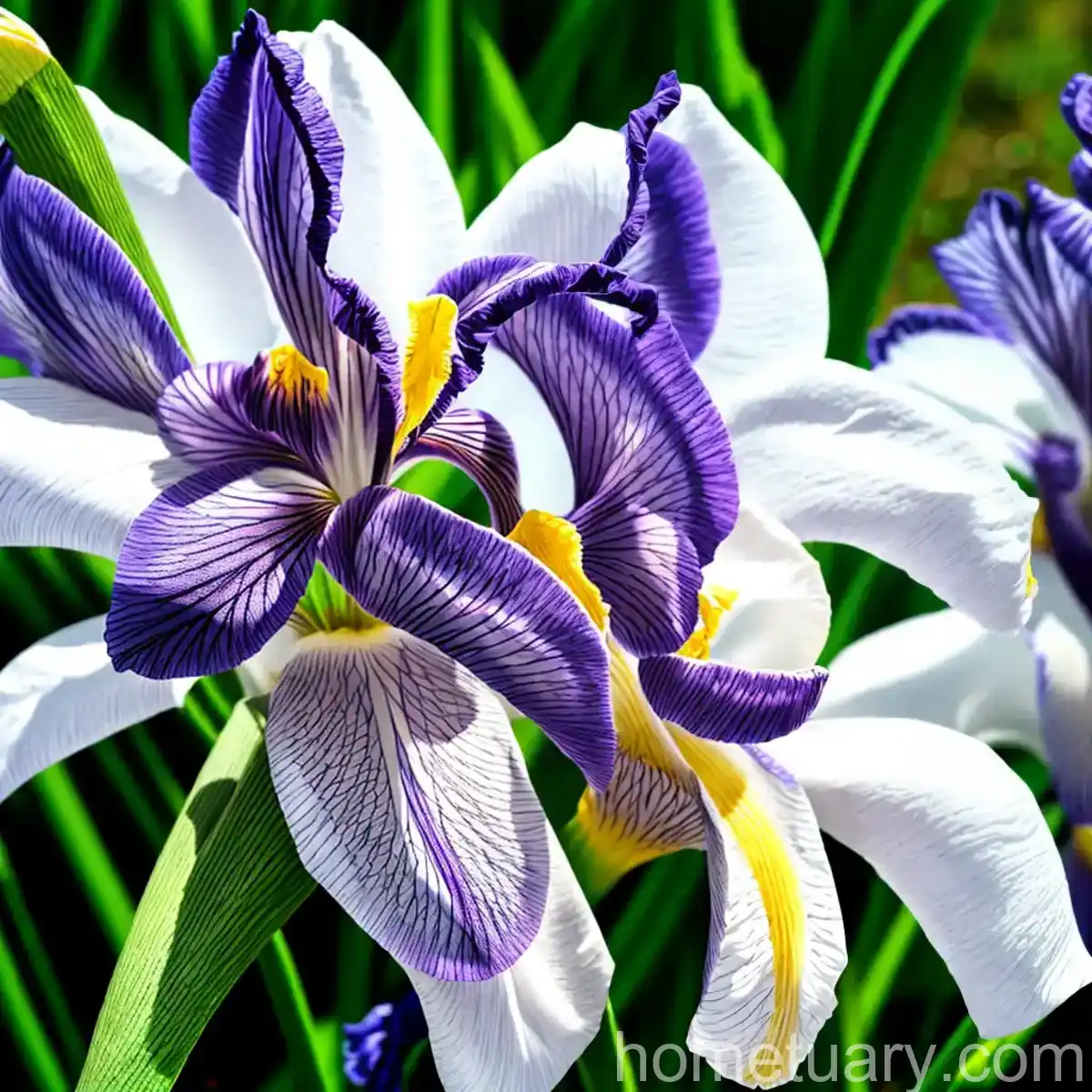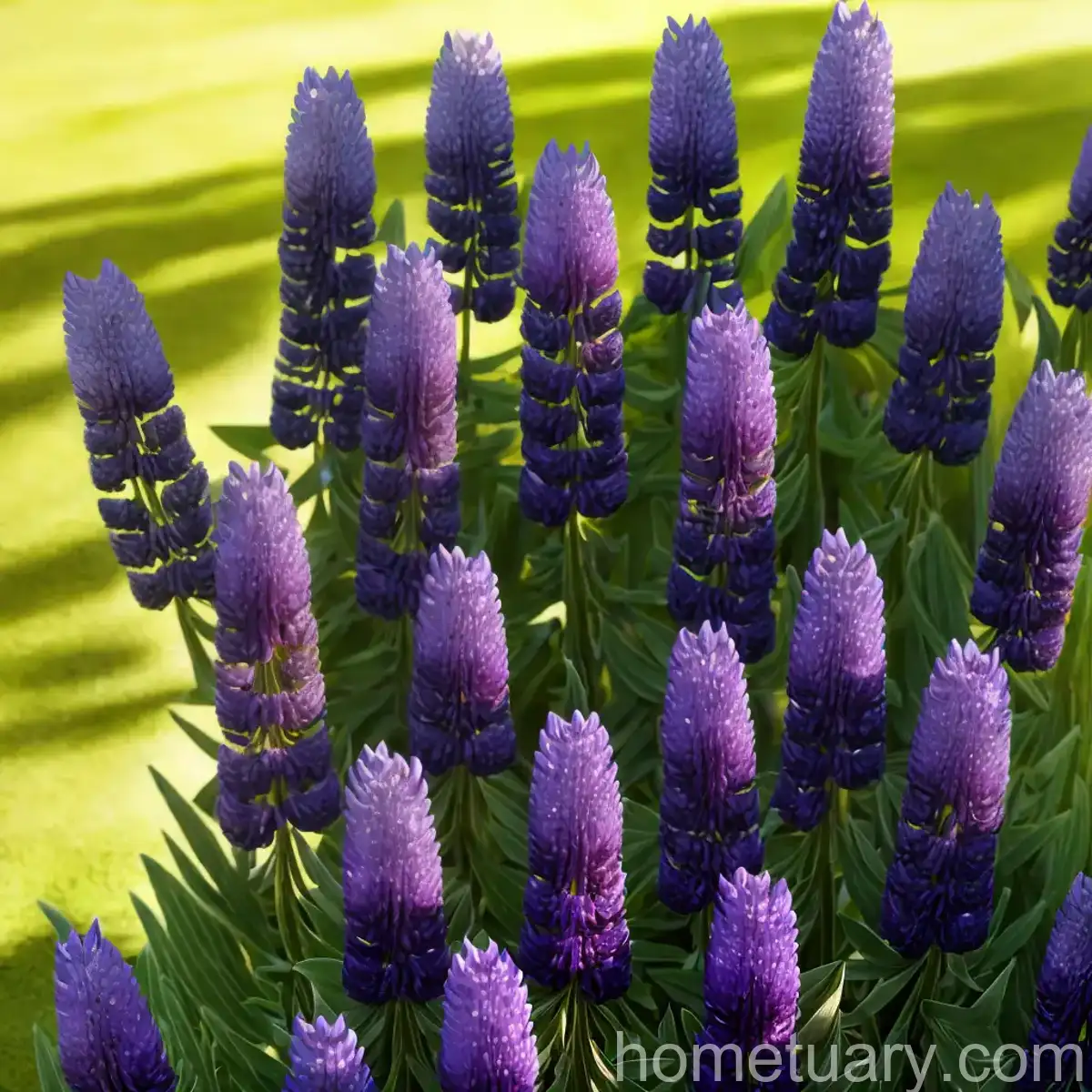The Fascinating World of Dwarf Apple Trees
What is a Dwarf Apple Tree?
The dwarf apple tree, scientifically known as Malus pumila ‘MN#1711’ HONEYCRISP, is a compact and miniature apple tree variety that is gaining popularity among gardeners and fruit enthusiasts. This small apple tree is a cultivar of the renowned Honeycrisp apple variety, prized for its exceptional taste, crisp texture, and juiciness.
Dwarf apple trees are an excellent choice for individuals with limited gardening space, such as urban dwellers or those with small backyard gardens. These trees exhibit compact growth habits, making them suitable for cultivation in containers, urban gardens, and smaller landscapes. Despite their small stature, dwarf apple trees are prolific fruit bearers, yielding delicious apples while occupying minimal space.
In this comprehensive guide, we will explore the characteristics, cultivation, uses, and care requirements of the dwarf apple tree, offering valuable insights for both novice and experienced gardeners.
Key Takeaways – Dwarf Apple (Malus pumila ‘MN#1711’ HONEYCRISP)
Before delving into the specific aspects of cultivating and caring for dwarf apple trees, let’s summarize the key takeaways associated with this fascinating variety.
Culture
- Scientific Name: Malus pumila ‘MN#1711’ HONEYCRISP
- Common Name: Dwarf Apple, Miniature Honeycrisp Apple Tree
- Plant Type: Deciduous Fruit Tree
- Mature Height: 6-8 feet
- Mature Width: 6-8 feet
- Fruit Ripening: Late September to Early October
- USDA Hardiness Zones: 3-7
Uses
- Edible: Yes, known for its exceptional flavor and crisp texture
- Landscape Ornamental: Yes, ideal for small gardens, urban landscapes, and container cultivation
- Pollinator Attraction: Attracts bees and other pollinating insects
- Wildlife Appeal: The apples may attract birds and wildlife
Water
- Watering Frequency: Regular, especially during dry and hot periods
- Soil Moisture: Well-drained, moderately moist soil preferred
- Watering Method: Deep watering to encourage deep root growth
Sunlight
- Sun Exposure: Full sun, at least 6-8 hours of direct sunlight daily
- Sunlight Requirements: Thrives in ample sunlight, essential for fruit production
- Shading: Minimal tolerance for shading, optimal productivity in full sun conditions
Fertilizer
- Fertilization Schedule: Annual fertilization in early spring
- Fertilizer Type: Balanced, slow-release fertilizer designed for fruit trees
- Application Method: Even distribution around the tree, avoiding direct contact with the trunk
Soil
- Preferred Soil Type: Rich, loamy soil with good drainage
- Soil pH: Slightly acidic to neutral (pH 6.0-7.0)
- Soil Amendments: Organic matter such as compost can be beneficial for soil quality
Pruning
- Pruning Requirement: Regular pruning to maintain shape and encourage fruit production
- Pruning Time: Late winter to early spring, before new growth emerges
- Techniques: Removal of dead or diseased wood, shaping the tree, and thinning to improve air circulation
Propagation
- Propagation Methods: Grafting, softwood cuttings
- Grafting Compatibility: Compatible with various rootstock for size control and disease resistance
Container Popularity
- Suitability for Containers: Highly suitable for container cultivation
- Container Size: At least 10-15 gallon capacity for adequate root space
- Advantages: Ideal for small spaces, urban gardens, and portability
- Considerations: Proper drainage and regular watering are crucial
Common Diseases
- Susceptibility: Moderate susceptibility to common apple diseases
- Disease Prevention: Proper sanitation, adequate spacing, and disease-resistant cultivars
- Common Diseases: Apple scab, powdery mildew, cedar apple rust
Disease Diagnosis
- Symptoms: Identify characteristic leaf spots, lesions, or powdery growth
- Consultation: Seek advice from local agricultural extension services or plant pathology experts
Common Pests
- Pest Management: Integrated pest management (IPM) approach involving monitoring and targeted control
- Common Pests: Aphids, codling moths, apple maggots, spider mites
- Natural Predators: Encourage natural predators such as ladybugs and lacewings
Botanist’s Tips
- Optimal Site Selection: Choose a location with ample sunlight and good air circulation
- Pollination Requirements: Consider the need for cross-pollination with compatible apple varieties
- Dwarfing Rootstocks: Explore rootstock options for size control and adaptability
- Winter Protection: Shield young trees from harsh winter conditions to prevent damage
Fun Facts
- Crisp Texture: Known for its exceptionally crisp and juicy apple texture
- Honeycrisp Parentage: Derives from a Honeygold and Keepsake apple cross
- Origin: Developed at the University of Minnesota’s fruit breeding program
- Commercial Success: Widely popular in commercial markets and home orchards
Links to External Resources
For further information and resources related to dwarf apple trees and their cultivation, the following links provide valuable insights:
- University of Minnesota Extension – Honeycrisp Apple Trees
- Royal Horticultural Society – Dwarf Fruit Trees
- Oregon State University Extension Service – Apple Pest Management Guide
- North Carolina State University Extension – Apple Scab Control
- University of California Agriculture and Natural Resources – Apple Cultivars for the Backyard
In the following sections, we will delve deeper into each aspect of dwarf apple tree cultivation and care, exploring the nuances of growing and maintaining these captivating fruit-bearing plants.
Culture of Dwarf Apple Trees
Understanding the cultural requirements of dwarf apple trees is essential for ensuring their optimal growth, productivity, and overall well-being. From choosing an appropriate planting site to providing adequate water and nutrients, each cultural aspect plays a crucial role in the successful cultivation of these compact apple trees.
Scientific Classification
Before delving into the cultural specifics, let’s explore the scientific classification of the dwarf apple tree. The scientific name of the common apple is Malus pumila, and the ‘MN#1711’ HONEYCRISP variety represents a specific cultivar within this species. The Malus pumila species is widely renowned as the domestic apple, encompassing numerous cultivars and varieties, each with its own unique traits and characteristics.
Growth Habit and Size
The dwarf apple tree, often referred to as a miniature or compact apple tree, is characterized by its diminutive stature and restrained growth habit. When fully mature, these trees typically reach a height and width of 6-8 feet, making them substantially smaller than traditional apple tree varieties. This compact nature makes them particularly suitable for small gardens, urban landscapes, and container cultivation.
Fruit Characteristics
One of the most compelling features of the dwarf apple tree is its ability to produce delectable, full-sized apples despite its diminutive size. The ‘MN#1711’ HONEYCRISP variety, in particular, yields apples with the captivating sweetness and crispness that the Honeycrisp cultivar is celebrated for. The fruit ripens from late September to early October, offering a late-season treat for gardeners and fruit enthusiasts.
USDA Hardiness Zones
Understanding the suitable growing conditions for the dwarf apple tree is essential for successful cultivation. This variety is best suited for USDA hardiness zones 3-7, where it can thrive in the climatic conditions prevalent in these regions. By considering the appropriate hardiness zones, gardeners can ensure that the trees are exposed to the optimal environmental conditions for healthy growth and fruit production.
Uses of Dwarf Apple Trees
The dwarf apple tree serves an array of practical and aesthetic purposes, making it a versatile addition to various gardening settings.
Edible Qualities
Exceptional Flavor: The apples produced by the ‘MN#1711’ HONEYCRISP tree are renowned for their outstanding flavor profile, characterized by a delightful combination of sweetness and acidity.
Crisp Texture: The apples boast an exceptionally crisp and juicy texture, making them a sought-after choice for fresh consumption, culinary applications, and cider production.
Landscape Ornamental
Small Space Landscaping: The compact nature of dwarf apple trees makes them an excellent option for small gardens and urban landscapes, where space may be limited.
Container Cultivation: These trees thrive in container environments, adding a touch of natural beauty to balconies, patios, and other confined spaces.
Pollinator Attraction
Blossom Beauty: The apple tree blossoms attract beneficial pollinators such as bees, contributing to the ecological balance of the garden or landscape.
Wildlife Appeal
Bird Attraction: The ripening apples may attract birds and wildlife, adding an element of nature to the surroundings.
Water Requirements for Dwarf Apple Trees
Water is a fundamental element in the successful cultivation of dwarf apple trees, contributing to their overall health, growth, and fruit production. Understanding the watering needs and best practices for these trees is essential for optimizing their performance and longevity.
Watering Frequency
Regular Watering: Consistent and regular watering is crucial, particularly during dry and hot periods, to maintain adequate soil moisture levels.
Avoid Overwatering: While sufficient moisture is essential, overwatering can lead to root rot and other water-related issues. It’s vital to strike a balance in watering practices.
Soil Moisture
Well-Drained Soil: The soil should offer good drainage to prevent waterlogging and ensure that excess moisture does not accumulate around the roots.
Moderately Moist: While the soil should not remain waterlogged, it’s important to maintain a moderately moist environment to support healthy root growth and nutrient uptake.
Watering Method
Deep Watering: Providing deep watering encourages the development of deep roots, enhancing the tree’s resilience and drought tolerance.
Sunlight Requirements for Dwarf Apple Trees
Sunlight plays a pivotal role in the growth, fruit production, and overall vitality of dwarf apple trees. As such, understanding their sunlight requirements is essential for maximizing their potential and ensuring their long-term health.
Sun Exposure
Full Sun: To thrive and produce bountiful harvests of flavorful apples, dwarf apple trees require ample sunlight, ideally receiving at least 6-8 hours of direct sun exposure each day.
Optimal Productivity: Full sun exposure is crucial for maintaining vigorous growth, promoting flowering, and facilitating optimal fruit development.
Shading Considerations
Minimal Tolerance for Shading: The trees have minimal tolerance for shading from structures, tall plants, or other obstructions, as these can impede their photosynthetic capabilities and growth.
Fertilizer Application for Dwarf Apple Trees
Providing appropriate nutrients is essential for ensuring the vigor, productivity, and fruit quality of dwarf apple trees. By following a well-considered fertilization regimen, gardeners can support the trees’ nutritional needs and promote robust growth.
Fertilization Schedule
Annual Fertilization: Administering fertilizers once a year, typically in early spring before the onset of active growth, can provide the trees with the necessary nutrients for the upcoming season.
Balanced Approach: Employing a balanced, slow-release fertilizer formulated specifically for fruit trees can help ensure a consistent supply of nutrients throughout the growing season.
Application Method
Even Distribution: Applying the fertilizer evenly around the tree, extending it to the diameter of the tree canopy, helps to facilitate uniform nutrient uptake.
Avoid Direct Contact: Direct contact between the fertilizer and the tree trunk should be avoided, as it can lead to undue stress and potential damage.
Soil Considerations for Dwarf Apple Trees
The quality and composition of the soil play a pivotal role in the growth, health, and fruit production of dwarf apple trees. Understanding the soil preferences and making suitable amendments can significantly impact the trees’ well-being.
Preferred Soil Type
Rich Loamy Soil: Opt for a soil type that is rich in organic matter, features good drainage, and offers a balanced blend of sand, silt, and clay.
Soil pH: The ideal soil pH for dwarf apple trees ranges from slightly acidic to neutral, typically falling within the range of pH 6.0-7.0.
Soil Amendments
Organic Matter: The incorporation of organic matter, such as compost, can significantly enhance soil quality, improving its structure, moisture retention, and nutrient content.
Mulching Benefits: Applying mulch around the base of the tree can provide additional benefits by conserving soil moisture, suppressing weed growth, and gradually enriching the soil as it decomposes.
Pruning Techniques for Dwarf Apple Trees
Pruning plays a crucial role in shaping the growth, structure, and productivity of dwarf apple trees. By employing appropriate pruning techniques, gardeners can maintain the trees in an optimal condition, promote fruit production, and mitigate disease and pest issues.
Pruning Requirement
Regular Maintenance: Regular pruning is essential to manage the tree’s size, enhance air circulation, and remove dead, damaged, or diseased wood.
Shaping the Tree: Pruning can help create a balanced and aesthetically pleasing form for the tree, fostering a well-proportioned canopy and healthy branch structure.
Pruning Time
Late Winter to Early Spring: Prune the trees during the dormant season, before the onset of new growth in late winter or early spring, to minimize stress and allow for rapid wound healing.
Before Flowering: Ideally, pruning should be conducted before the tree enters the flowering stage, allowing for robust growth and fruit development.
Techniques
Removal of Deadwood: Targeted removal of dead, diseased, or damaged wood helps to prevent the spread of diseases and maintains the tree’s overall health.
Thinning for Air Circulation: Thinning out excess branches and foliage promotes better air circulation within the canopy, reducing the risk of fungal diseases and improving sunlight penetration.
Propagation Methods for Dwarf Apple Trees
Propagation offers an avenue for expanding a collection of dwarf apple trees or reproducing favored cultivars. Grafting and softwood cuttings are the primary propagation methods employed for these trees.
Grafting
Compatibility: The ‘MN#1711’ HONEYCRISP variety is compatible with various dwarfing rootstocks, allowing for size control and adaptability to different soil and environmental conditions.
Professional Expertise: Grafting is often performed by skilled horticulturists or nursery professionals to ensure successful union and long-term viability.
Softwood Cuttings
Propagation Potential: Softwood cuttings can be utilized to propagate new trees, providing an alternative method for expanding the plant population.
Timing and Care: Softwood cuttings are typically taken during the active growing season and require attentive care to establish roots and develop into viable plants.
Container Popularity of Dwarf Apple Trees
The suitability of dwarf apple trees for container cultivation opens up exciting possibilities for gardeners with limited space, urban balconies, or those seeking the portability and convenience of potted fruit trees.
Container Size
Adequate Root Space: Select containers with a capacity of 10-15 gallons or more to provide ample room for root development and sustained growth.
Drainage Considerations: Ensure that the containers have adequate drainage holes to prevent waterlogging and maintain root health.
Advantages of Container Cultivation
Small Space Gardening: Container-grown dwarf apple trees offer small space gardeners the opportunity to enjoy homegrown fruit even in confined settings.
Urban Gardening: Urban dwellers can bring the beauty and bounty of apple trees to their balconies or patios, enhancing the aesthetics and practicality of their living spaces.
Common Diseases of Dwarf Apple Trees
Dwarf apple trees, like their standard-sized counterparts, are susceptible to certain diseases that can impact their health and productivity. Understanding common diseases and their prevention is crucial for ensuring the trees’ long-term well-being.
Susceptibility
Moderate Susceptibility: Dwarf apple trees may be moderately susceptible to common apple diseases, emphasizing the importance of proactive management and disease prevention.
Vigilant Observation: Regular monitoring for signs of disease can help in early detection and prompt intervention, minimizing potential damage.
Disease Prevention
Sanitation Practices: Adopting good sanitation practices, such as removing fallen leaves and fruits, can help reduce the incidence and spread of diseases.
Adequate Spacing: Maintaining appropriate spacing between trees promotes air circulation and reduces the risk of fungal diseases.
Common Diseases
Apple Scab: This fungal disease causes characteristic dark spots on leaves and fruits, potentially leading to defoliation and reduced fruit quality.
Powdery Mildew: A powdery growth on leaves and shoots is indicative of this fungal disease, impacting the tree’s overall health and vigor.
Cedar Apple Rust: This disease, characterized by orange fungal growths on the leaves and fruit, can affect apples and junipers, necessitating management measures.
Disease Diagnosis
Diagnosing and addressing diseases promptly is crucial for mitigating their impact and safeguarding the health of the trees. Seeking expert guidance may be necessary for accurate disease diagnosis and targeted treatment.
Symptoms
Characteristic Signs: Recognizing characteristic leaf spots, lesions, powdery growth, or abnormal discoloration is essential in identifying potential diseases.
Consultation: Seeking advice from local agricultural extension services, plant pathology experts, or experienced gardeners can aid in accurate disease identification.
Common Pests Affecting Dwarf Apple Trees
In addition to diseases, dwarf apple trees can be susceptible to various pests that may compromise their health and fruit production. Implementing integrated pest management strategies is vital for managing pest pressure and preserving the trees’ vitality.
Pest Management Approach
Integrated Pest Management (IPM): Adopting an IPM approach involves monitoring pest populations, employing cultural practices, and resorting to targeted controls when necessary.
Natural Predators: Encouraging natural predators, such as ladybugs and lacewings, can help control pest populations without the need for chemical intervention.
Common Pests
Aphids: These sap-sucking insects can cause distortions in leaves and honeydew secretion, potentially attracting ants and promoting fungal growth.
Codling Moths: Larval feeding by codling moths can result in damage to apples, leading to premature drop or reduced quality.
Apple Maggots: The larvae of these insects tunnel through apples, causing internal damage and rendering the fruits unsuitable for consumption.
Spider Mites: These arachnids can affect apple trees, causing stippling on leaves and affecting their overall vigor.
Botanist’s Tips for Dwarf Apple Tree Care
Drawing from expert insights and practical wisdom, the following tips offer valuable guidance for cultivating and caring for dwarf apple trees.
Optimal Site Selection
Ample Sunlight: Choose a location with abundant sunlight and good air circulation to promote healthy growth and bountiful fruit production.
Pollination Considerations: If growing multiple apple trees, ensure that they are compatible for cross-pollination to maximize fruit set and




